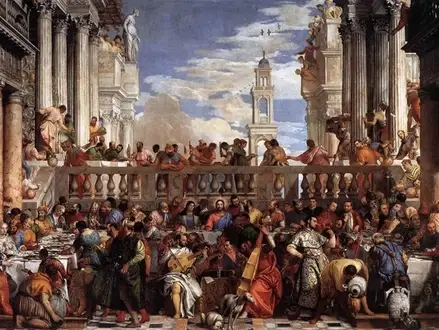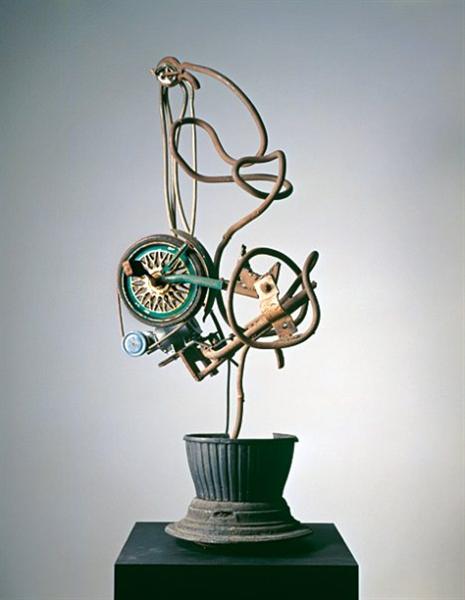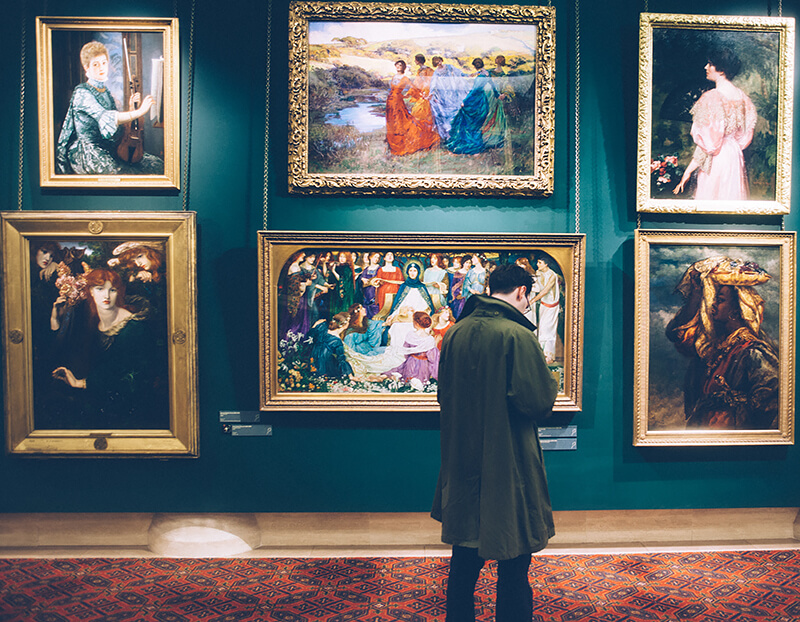Title of Artwork: “The Wedding Feast at Cana”

Artwork by Paolo Veronese
Year Created 1563
Summary of The Wedding Feast at Cana
This 1563 painting by Italian painter Paolo Veronese (1528–88) depicts the biblical storey of Jesus turning water into wine at the Wedding Feast at Cana (John 2:1–11). Late Renaissance oil painting in the Mannerist style (1520–1600) depicts the stylistic ideal of compositional harmony as practised by Leonardo, Raphael, and Michelangelo artists in a large-format (6.77m 9.94m).
All About The Wedding Feast at Cana
A key focus of the High Renaissance period (1490–1527) was the depiction of human figures with perfect proportion, harmony, and beauty; in contrast, the Mannerism movement (1490–1527) exaggerated Renaissance ideals of form, light, and colour with asymmetrical and unnaturally elegant arrangements achieved by flattening the pictorial space and distorting the human figure rather than representing it realistically.
Veronese’s use of technical artifice, the inclusion of sophisticated cultural codes and symbolism (social, religious, and theological) that present a biblical storey relevant to the Renaissance viewer and to the contemporary viewer is the source of the picture’s visual and thematic tension. The Wedding Feast at Cana is the largest painting in the collection of the Musée du Louvre because of its 67.29 m2 canvas.
When the Black Monks of the Order of Saint Benedict (OSB) in Venice commissioned Paolo Veronese to create an enormous painting for the far wall of the monastery’s newly constructed dining hall, designed by architect Andrea Palladio, at San Giorgio Maggiore Basilica, they were referring to the Basilica of San Giorgio Maggiore. For the commission of The Wedding Feast at Cana, Benedictine monks stipulated that Veronese be paid 324 ducats; paid for his personal and domestic maintenance; given a barrel of wine; and be fed in the refectory, according to the contract they had drawn up.
As part of the Benedictine contract, the painter was instructed to depict “the history of the banquet of Christ’s miracle at Cana in Galilee, creating the number of [human] figures that can be fully accommodated.” That Veronese used the colour ultramarine, a deep blue pigment made from lapis lazuli, a semi-precious, metamorphic rock, to create his paintings. Benedetto Caliari, Veronese’s brother, helped him complete the painting in time for the celebration of the Madonna della Salute in November of that year.
There were many debates during the mid-1630s between the supporters of Andrea Sacchi (1599–1661) and Pietro da Cortona (1596–1669) as to the ideal number of human figures for a representational composition.’ Many human figures, according to both Sacchi and da Cortona, make a painting’s overall image into an epic subject from which sub-themes can emerge. Sacchi believes that the artist can only accurately depict the unique body poses and facial expressions that convey a person’s personality with fewer than twelve figures.
Information Citations
En.wikipedia.org, https://en.wikipedia.org/.























